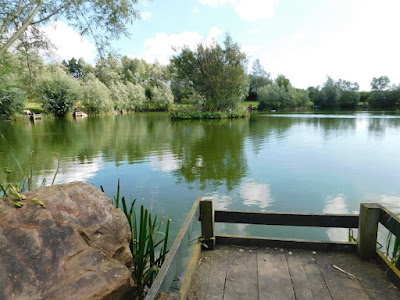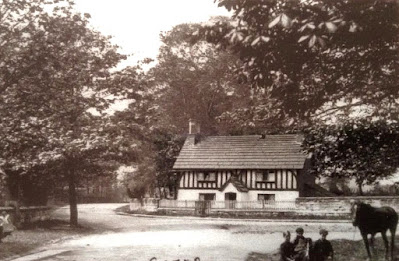ACKTON
ACKTON HALL
There was a hall in Ackton for hundreds of years, but the building that lasted into the 20th Century was said to have been built for Thomas Winn in 1765. The last owner occupier was George Bradley. He sold the house and grounds to Mr Middleton of Leeds in 1896 who intended to let the hall and sell some of the land for building plots.
The sinking of Featherstone Main Colliery to the south with the rise of its dirt tips ruined the view. The application to build a fever hospital across the road was a further blow to Mr Middleton's plans, and he sold out to the Hon Lister who owned Ackton Hall Colliery. In 1909 permission was given to convert the hall into five flats.
By the 1960's the property was in a run down state and was demolished, probably in 1969. The following four photos were taken from postcards.
The sinking of Featherstone Main Colliery to the south with the rise of its dirt tips ruined the view. The application to build a fever hospital across the road was a further blow to Mr Middleton's plans, and he sold out to the Hon Lister who owned Ackton Hall Colliery. In 1909 permission was given to convert the hall into five flats.
By the 1960's the property was in a run down state and was demolished, probably in 1969. The following four photos were taken from postcards.
 |
| Dr J Gatecliff 1965 |
 |
| Dr J Gatecliff 1966 |

The site of the old hall, cleared and grassed. Google Street View 2022.
ACKTON HOSPITAL
The Normanton and District Joint Isolation Hospital (commonly known as Ackton Hospital) was opened in 1907. It was mainly for diphtheria and scarlet fever cases, but others were treated there. The patients were treated in isolated buildings in the grounds. The success of immunisation and the discovery of antibiotics made its original purpose redundant, and it became an offshoot of Pontefract Infirmary before finally being demolished after closure in 1993. Houses were built on the site.
The administration block and nurses quarters is shown above, and the main entrance to the complex is shown below. Both are from postcards.
Above is one of the isolation wards and a typical interior is shown below. Both photos are from the Wakefield Libraries Collection.
THE AGED MINERS' HOMES
The aged miners' homes were proposed by the Hon J C Lister in 1911 as a lasting memorial to the Coronation. He said if the miners would have levies from their wages towards the cost he would provide the rest of the money and the land. The homes were opened in 1914 by Mrs Lister (her husband was ill). Roslyn Holiday (Mr Lister's agent) said Mr Lister and the miners had contributed equally to the cost of £650. After many years they became not fit for purpose and were demolished. THE FISHING LAKE
An opencast mine was opened in the 1980s to get the coal near the surface from the railway line to the bottom of the hill going to Ackton. Part of the deal was to landscape the area after the opencast mine closed, and provide a fishing lake on the line of the Sewerbridge Beck.
A 1963 Dr J Gatecliff photo showing the dirt tips which had to be removed for opencasting, and the one below shows Sewerbridge Lane from Ackton down to the opencast site.

.jpg)
This view of the opencast mine from Kimberley Street was uploaded to Featherstone Bygone Days by Les Bowket.

This is the view from Commonside Lane. Photo - Pontefract and Castleford Express.
 |
When opencasting was finished, the area was landscaped and a lake was provided to be fed by Sewerbridge Beck. Photo - Dr J Gatecliff 1996. |
Trees were planted and platforms installed for the anglers. Photo - Derek Dye 2012.
HOUSING
The first four illustrations were taken from postcards.
























